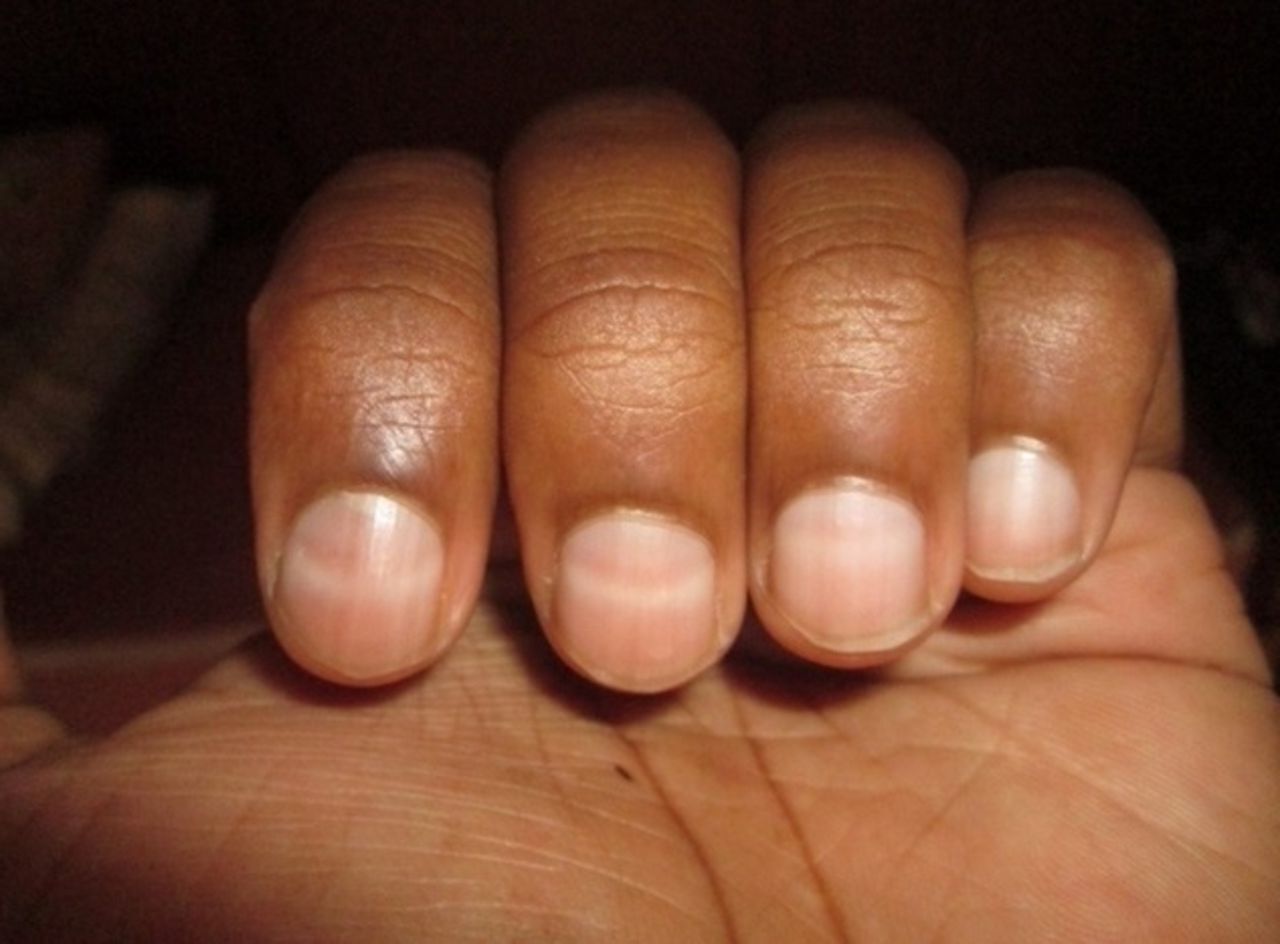
Mees' Lines are white lines that appear across the nails, often indicating underlying health issues. But what exactly causes these lines, and what do they signify? Named after Dutch physician R.A. Mees, these lines can be a sign of arsenic poisoning, kidney failure, or other serious conditions. They are different from Beau's lines, which are ridges that run horizontally across the nails. Understanding these lines can help in early diagnosis of various health problems. Want to know more about these mysterious lines and what they could mean for your health? Keep reading to uncover 50 fascinating facts about Mees' Lines and their implications.
Key Takeaways:
- Mees' Lines are mysterious white bands on nails that can reveal a lot about a person's health, from heavy metal poisoning to stress-related cases.
- These lines form due to disruptions in the nail matrix and require a detailed medical history, blood tests, and sometimes even a biopsy for diagnosis. Treatment focuses on addressing the underlying cause and regular monitoring of nail growth.
What are Mees' Lines?
Mees' lines are fascinating yet often misunderstood. These lines appear on nails and can tell a lot about a person's health. Let's dive into some intriguing facts about these mysterious lines.
- Named after Dutch physician R.A. Mees, who first described them in 1919.
- Appear as white bands across the nails, running parallel to the nail base.
- Not to be confused with Beau's lines, which are depressions in the nail.
- Often associated with arsenic poisoning.
- Can indicate other heavy metal poisoning, such as thallium.
- Sometimes linked to chemotherapy treatments.
- May appear after severe illnesses like typhoid fever.
- Can be a sign of kidney failure.
- Sometimes seen in patients with heart failure.
- May indicate exposure to certain toxins.
- Can appear after severe infections.
- Sometimes linked to malnutrition.
- May be seen in patients with Hodgkin's disease.
- Can appear after carbon monoxide poisoning.
- Sometimes linked to systemic lupus erythematosus.
- May indicate exposure to certain drugs.
- Can appear after severe trauma.
- Sometimes seen in patients with leprosy.
- May be linked to certain types of cancer.
- Can appear after severe stress.
How Do Mees' Lines Form?
Understanding how these lines form can provide insight into their significance. They are not just random marks but have a specific formation process.
- Form due to disruption in nail matrix.
- Appear when nail growth is temporarily halted.
- Typically appear 1-2 months after the triggering event.
- Grow out with the nail over time.
- Do not disappear with nail pressure.
- Can be seen on both fingernails and toenails.
- Usually appear on multiple nails simultaneously.
- Width and number of lines can vary.
- Not painful or itchy.
- Do not affect nail strength.
Diagnosing Mees' Lines
Diagnosing these lines involves more than just looking at the nails. Medical professionals consider various factors to determine the cause.
- Requires a detailed medical history.
- Blood tests may be needed to check for toxins.
- Urine tests can help identify heavy metals.
- Sometimes requires a biopsy of the nail matrix.
- Imaging studies may be used in complex cases.
- Often involves ruling out other nail conditions.
- May require consultation with a toxicologist.
- Sometimes linked to occupational exposure.
- Can be a clue in forensic investigations.
- Often requires monitoring over time.
Treating and Managing Mees' Lines
Treatment focuses on addressing the underlying cause. Managing these lines involves a combination of medical and lifestyle interventions.
- Treating the underlying condition can help.
- Removing the source of toxin exposure is crucial.
- Nutritional support may be needed.
- Regular monitoring of nail growth.
- Sometimes requires medication adjustments.
- May involve chelation therapy for heavy metals.
- Supportive care for associated illnesses.
- Psychological support for stress-related cases.
- Regular follow-ups with healthcare providers.
- Educating patients about potential triggers.
Final Thoughts on Mees' Lines
Mees' lines, those curious white bands on nails, tell a story about your health. They often signal serious conditions like arsenic poisoning, kidney disease, or even chemotherapy side effects. Recognizing these lines early can lead to timely medical intervention, potentially saving lives.
While they might look similar to other nail abnormalities, Mees' lines are unique in their horizontal pattern and non-discoloration of the nail bed. If you spot them, it's crucial to consult a healthcare professional for a proper diagnosis.
Understanding these lines isn't just about knowing a quirky fact; it's about being proactive with your health. So, next time you notice something unusual on your nails, don't ignore it. Your body has ways of communicating issues, and Mees' lines are one of those subtle yet significant signals. Stay observant, stay healthy.
Frequently Asked Questions
Was this page helpful?
Our commitment to delivering trustworthy and engaging content is at the heart of what we do. Each fact on our site is contributed by real users like you, bringing a wealth of diverse insights and information. To ensure the highest standards of accuracy and reliability, our dedicated editors meticulously review each submission. This process guarantees that the facts we share are not only fascinating but also credible. Trust in our commitment to quality and authenticity as you explore and learn with us.
